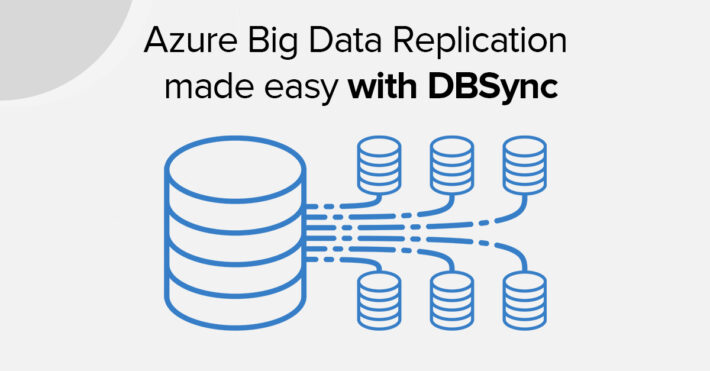A School Division’s Journey Towards Optimal Management and Analytics Excellence

Exploring the Dynamic of Data Warehousing and Salesforce Integration
In this insightful video, Jonathan Edwards, esteemed IT Architect at Virginia City Public Schools (VCPS), unveils the remarkable journey of technological advancement within the school system. Join him as he delves into the key initiatives that have propelled VCPS to new heights:
- They automated their IT ticketing system and improved data management.
- Ensured regular updates and backups every 24 hours
- Enabled more sophisticated analytics on student information
- Enhanced their ability to meet district-wide technology expectations
Understanding Data Warehousing: A Backbone for Educational Insights
Data warehousing isn’t just about collecting data; it’s like orchestrating a smooth blend of information from different sources. It gives organizations actionable insights, making it a must-have in the education sector.
Salesforce Integration: Empowering Educational Data Management
Salesforce plays a pivotal role in capturing a comprehensive view of the academic ecosystem. When integrated seamlessly into a data warehouse, it opens doors to numerous possibilities, transforming educational institutions’ operations.
Unlocking the Potential of Salesforce Data in Education
1. Enhancing Student Outcomes through Analytics:
Analyzing historical data unveils patterns related to successful study habits or extracurricular impacts, enabling educators to implement strategies for enhanced student success.
“The education sector generates vast amounts of data, and big data analytics can help educational institutions make sense of it all. Global big data analytics in the education industry is projected to grow significantly in the coming years, with a CAGR of over 20% from 2023 to 2025.”
2. Crafting Tailored Learning Environments:
Data-driven instructional design takes the guesswork out of lesson planning. By analyzing data, educators can identify trends, determine the most effective instructional methods, and refine their teaching approaches accordingly. This approach allows for continuous improvement, ensuring that teaching strategies always evolve to provide students with the best learning experiences.
“The education technology market is expected to grow at a CAGR of 18.1% from 2020 to 2027.”
3. Early Warning Systems for Student Support:
Predictive analytics identify potential challenges in students’ academic journeys, enabling proactive support mechanisms.
4. Shaping Inclusive Learning Environments:
Analyzing student engagement data fosters inclusivity by addressing disparities in learning experiences.
5. Optimizing Resource Allocation for Budget Efficiency:
Financial data analysis aids in optimizing resource allocation and identifying areas for cost savings, contributing to financial sustainability.
Overcoming Educational Data Challenges: Navigating Complexities
1. Ensuring Data Security
Implementing robust encryption measures, access controls, and compliance adherence safeguards sensitive educational information.
2. Streamlining Replication Processes
Utilizing ETL tools and industry best practices streamlines data integration, reducing manual efforts and errors.
3. Scaling Replication for Growth
Cloud-based scalability and performance optimization ensure seamless adaptation to growing data volumes.
4. Optimizing Replication for Resource Efficiency
Conducting resource allocation analysis and workflow fine-tuning enhances resource efficiency during replication.
5. Monitoring and Auditing Replication Activities
Real-time monitoring tools and regular audit checks maintain the integrity and reliability of replicated Salesforce data.
Real-time log for monitoring
Embracing Innovative Solutions: DBSync as a Catalyst for Efficiency
“We like solutions that allow us a technical level without going too far and that’s what DB sync did right. We’re very familiar with moving data around with SQL so DB sync added the last mile to our solution.”
Jonathan Edwards elaborates on innovative solutions like DB Sync’s significance in the educational landscape. While discussing the financial aspect, he notes:
“We haven’t really thought about it from a financial perspective but it certainly has filled that slot in the sense that we’re not going through some other tool and spending a lot of support time with a tool that’s more of a direct A to B kind of integration.”
Conclusion: Embracing Data Empowerment in Education
The journey of data empowerment in education is ongoing, with vast potential for enhancing student success and institutional operations. Subsequent discussions will delve deeper into case studies and emerging trends, guiding educational institutions in navigating the realm of data-driven education. Stay tuned for continued exploration into the dynamic world of educational excellence through data empowerment.
We would be delighted to discuss your use case and explore how DBSync can support your success. Please feel free to Schedule a meeting with us.


